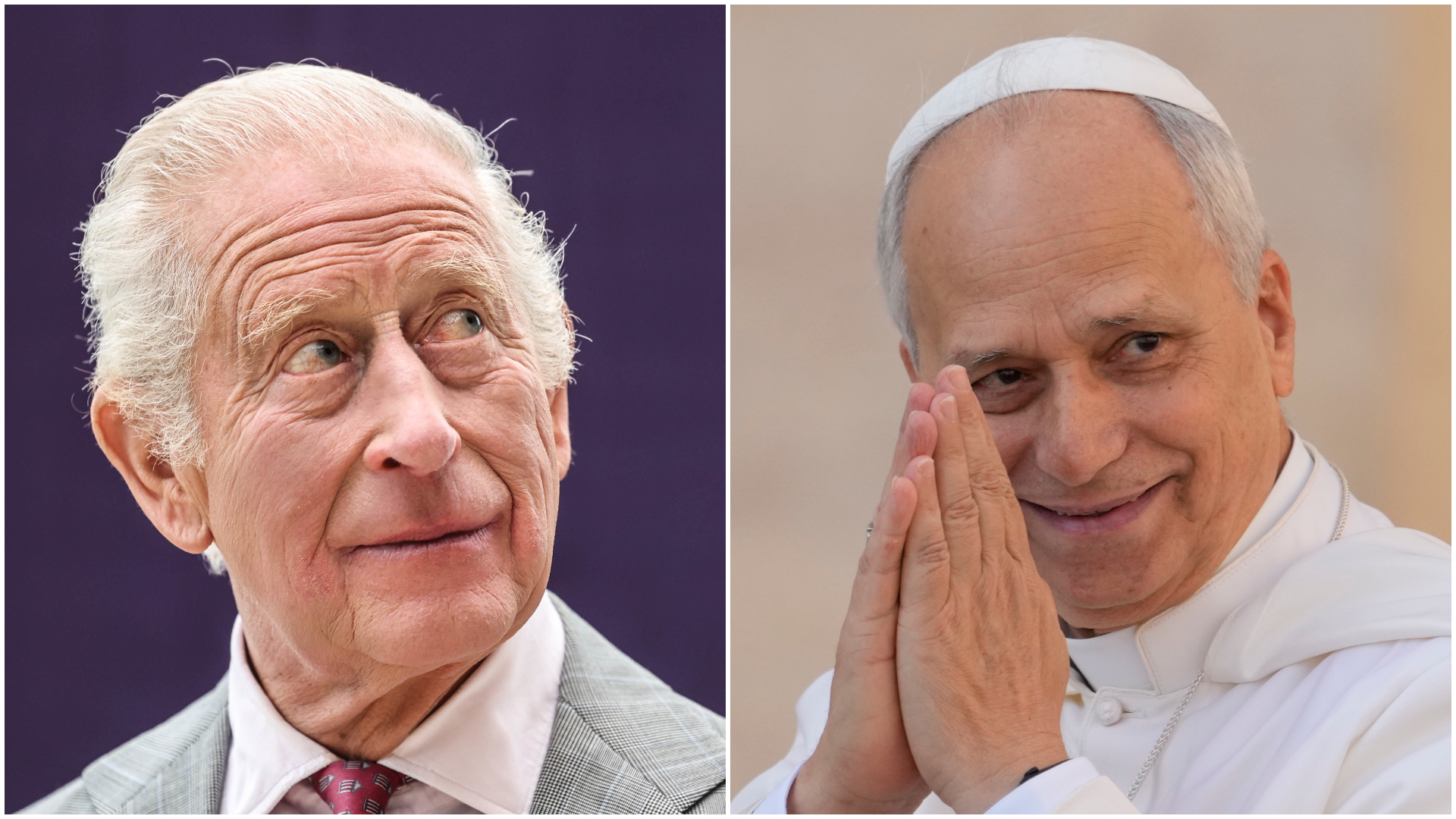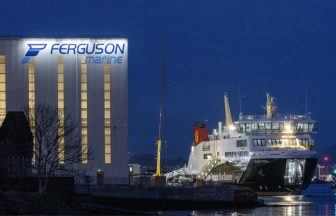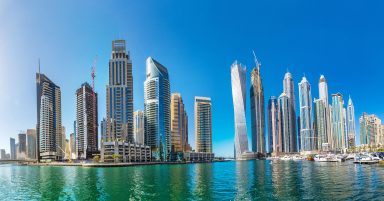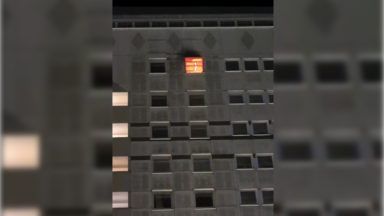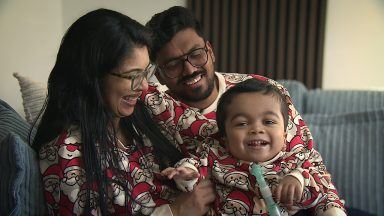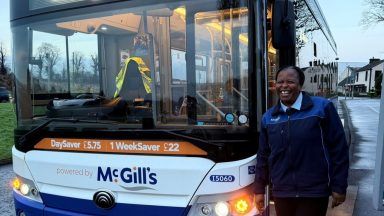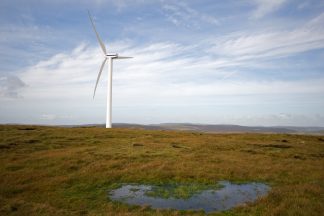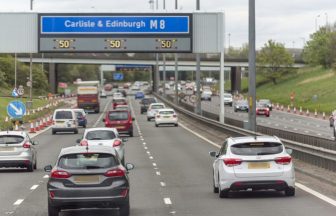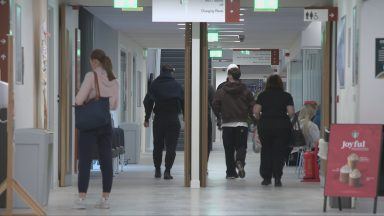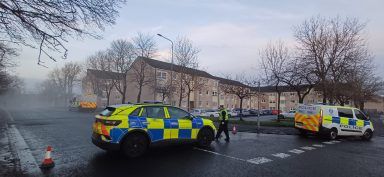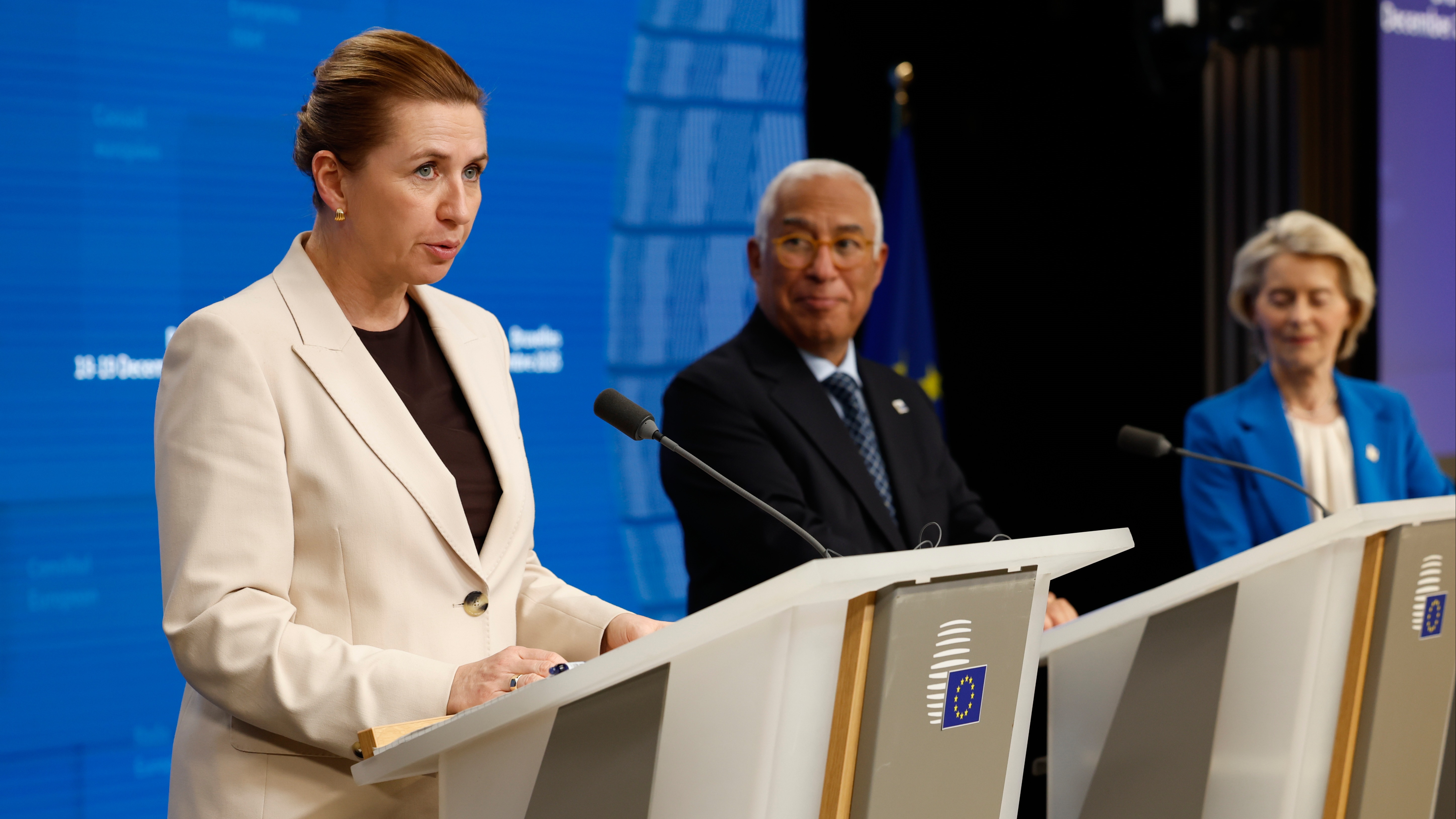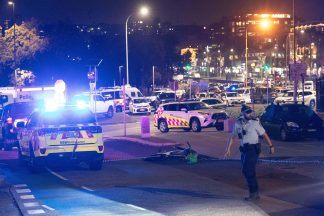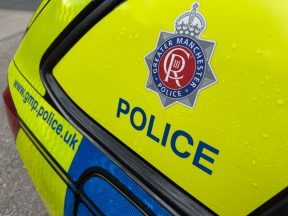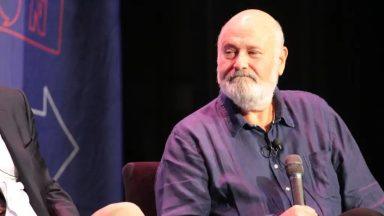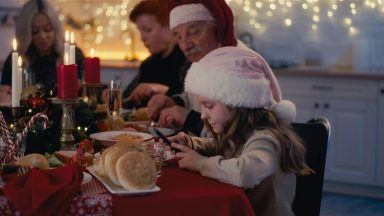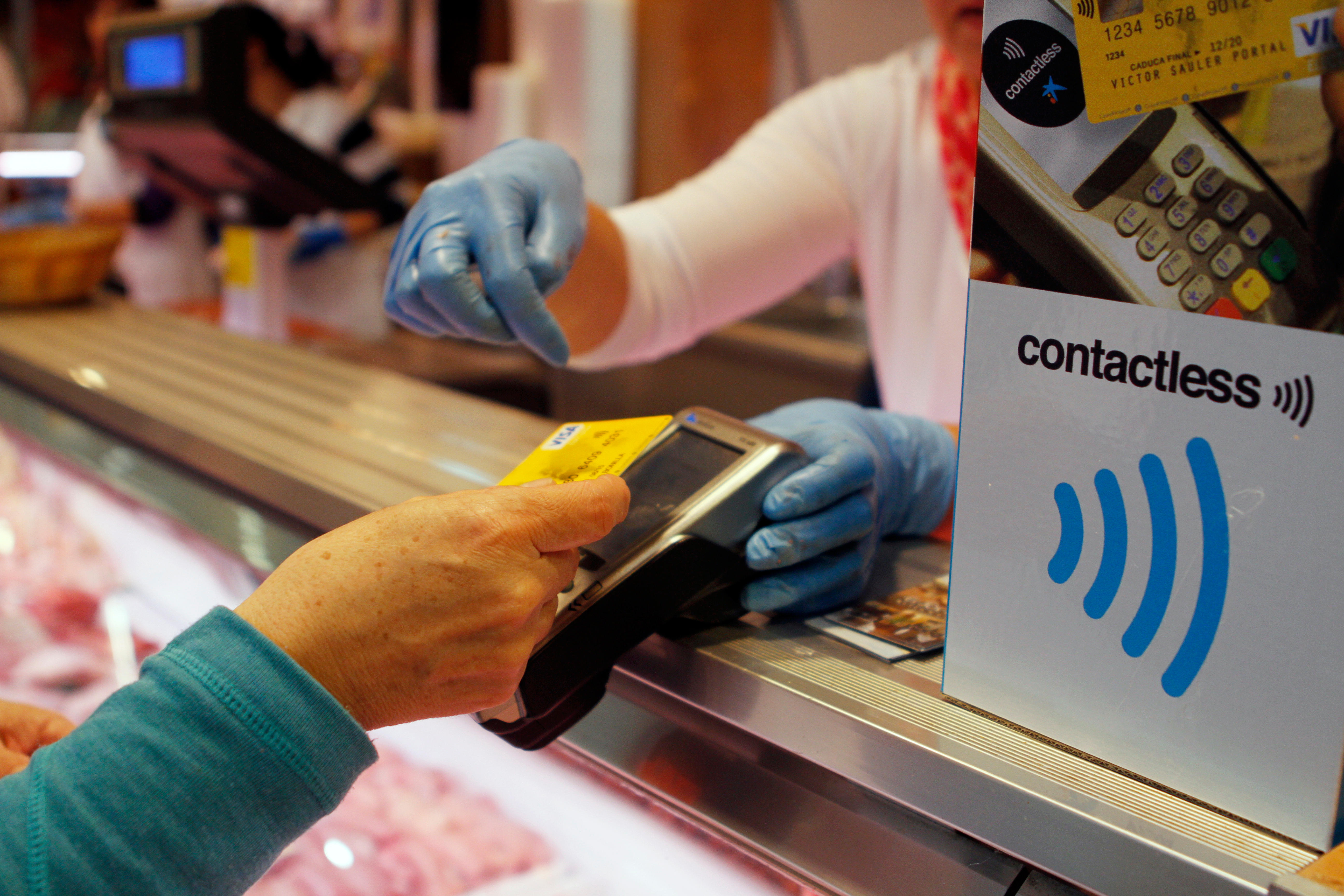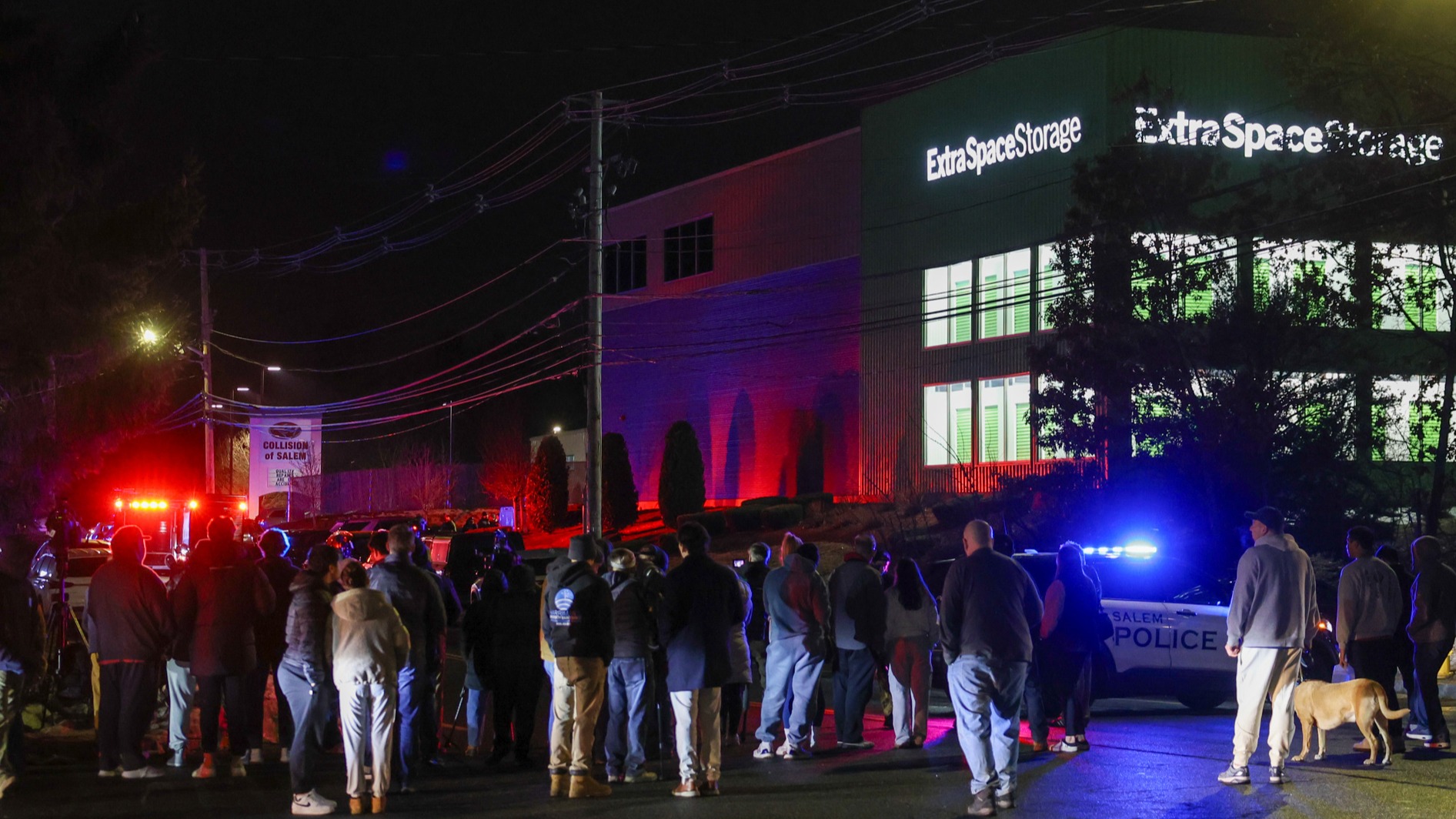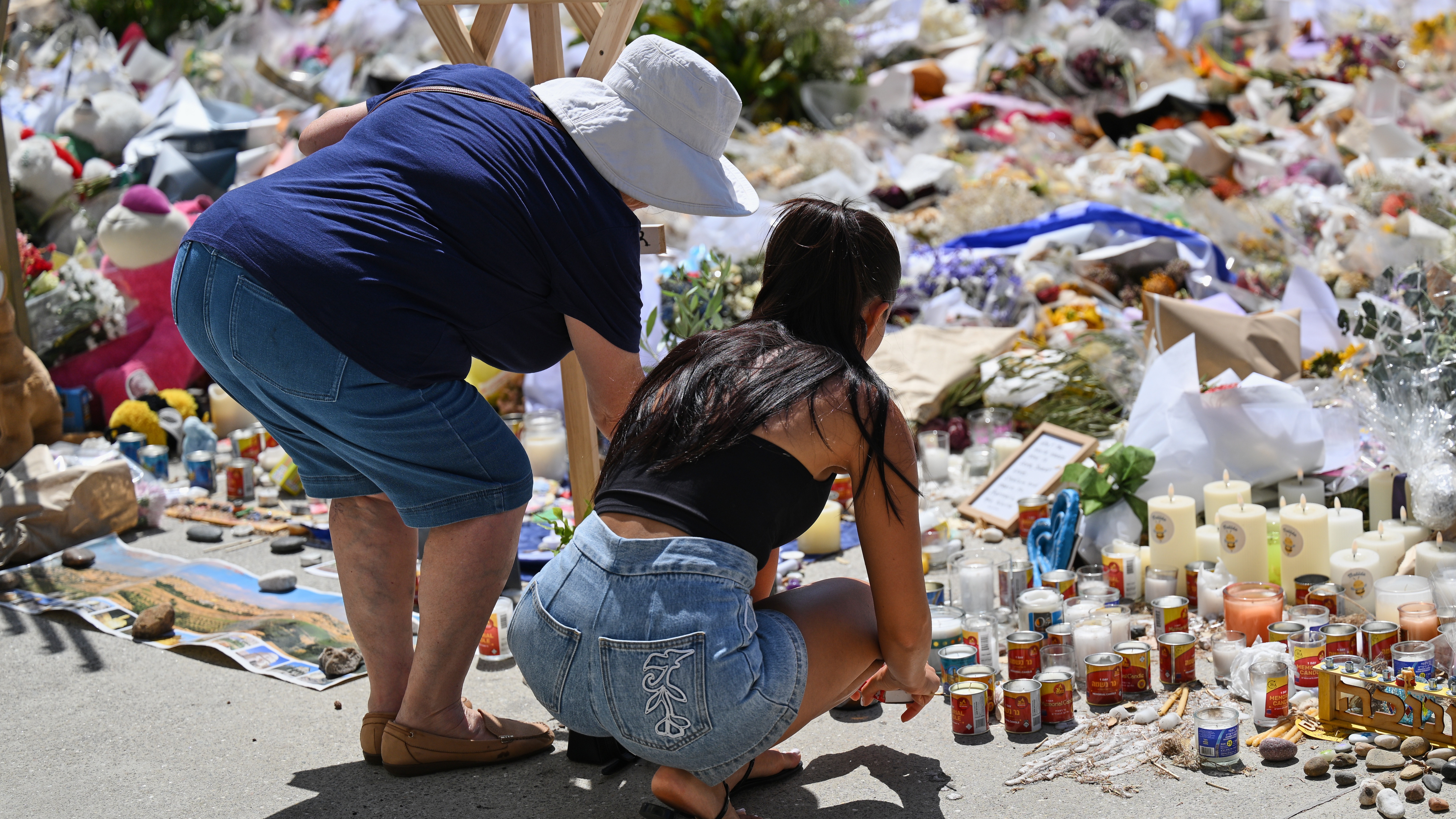When King Charles enters the Sistine Chapel in the Vatican next week, something extraordinary will happen.
The King will pray alongside Pope Leo XIV and when they do, history will be made.
Not since Henry VIII’s seismic break from the Roman Catholic Church in the 1530s has a British Monarch prayed in public with the Pope.
Why is that significant?
The two men are both heads of state and heads of their faiths. As Monarch, Charles, as his predecessor Henry decided, is the Supreme Governor of the Church of England and Pope Leo is the leader of the world’s Catholics.
It will signify the closest period of relations since the Reformation, when England and Wales became Protestant countries and Catholics were persecuted and often killed.
The State Visit to the Vatican by King Charles and Queen Camilla next week has been rearranged from the aborted attempt in April.
Their Majesties had planned to take an official visit to the Holy See in addition to their State Visit to Italy.
But the poor health of Pope Francis forced them to cancel the Vatican plans and the King and Queen instead paid a quick visit to the ailing Pope one evening.

Since then, Pope Francis passed away, and the election for his successor resulted in the appointment of Pope Leo XIV.
The rearranged State Visit to the Holy See on Thursday will start in the Apostolic Palace when King Charles and Camilla will meet Pope Leo for the first time since his election.
Then, they will all attend an ecumenical service – one appropriate for both Anglicans and Catholics – in the Sistine Chapel – the very place where Leo’s election took place.
The service will focus on what’s been called “Care for Creation” which Buckingham Palace says will reflect both the King and the Pope’s commitment to the protection of the natural world.
The king has arranged for children from two of his choirs, the Chapel Royal and St George’s Chapel, Windsor, to sing alongside the Sistine Chapel Choir.
The King and Queen will later visit St Paul’s Outside the Walls, one of the four major basilicas of Rome.
It is the Papal Basilica most associated with the Catholic Church’s ecumenical commitment to strengthen ties and understanding between different Christian churches and denominations.
St Paul’s Outside the Walls also has a historic link to the English Crown, stretching back as far as 597 AD and to Augustine, the first Archbishop of Canterbury, who had been sent by Pope Gregory the Great to reestablish Christianity in England.
Buckingham Palace insists that praying alongside the Pope will not change King Charles’ constitutional role as Head of the Church of England, nor does it conflict with the oaths he took at his Coronation in 2023.
Of course, as a distant relative of King Charles, Henry VIII’s decision to rip his countrymen and women away from Rome had profound implications for the centuries which followed.
Henry had fallen out with Rome when he was not given permission to divorce his first wife, Catherine of Aragon. He wanted to make Anne Boleyn his new wife and have a male heir with her.
His Reformation also brought the Church’s land, buildings and monasteries under his control and the King used the new revenues to help fund his wars and grow the Navy.
It is a period often referred to by modern-day historians as England’s 16th-century Brexit – putting this country on a different religious path to many of its European neighbours and transferring vast swathes of land from the Catholic church to the British Crown.
But when the two men pray under the great fresco of Michaeangelo in the Sistine Chapel next week, it will mark the culmination of the last 50 years of work to put 500 years of acrimony to rest.
- Catherine of Aragon: Divorced (annulled)
- Anne Boleyn: Beheaded
- Jane Seymour: Died (after childbirth)
- Anne of Cleves: Divorced (annulled)
- Catherine Howard: Beheaded
- Catherine Parr: Survived (outlived Henry VIII)
Follow STV News on WhatsApp
Scan the QR code on your mobile device for all the latest news from around the country


